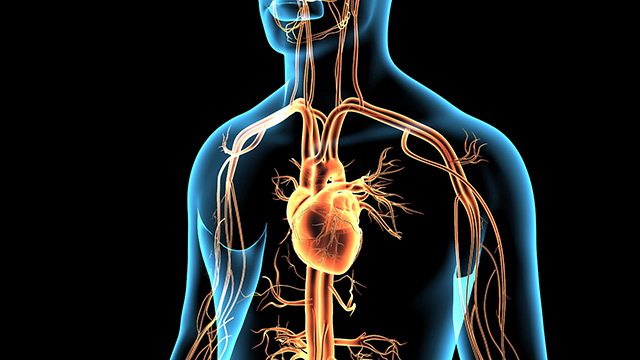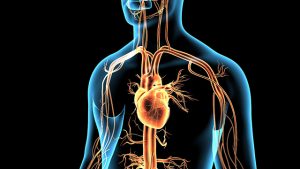
Hypoplastic left heart syndrome – causes, side effects and treatments at NaturalPedia.com
Thursday, May 24, 2018 by Michelle Simmons
http://www.naturalpedia.com/hypoplastic-left-heart-syndrome-causes-side-effects-and-treatments-at-naturalpedia-com.html

Hypoplastic left heart syndrome is a medical condition wherein the structures of the left side of the heart are underdeveloped. The degree of underdevelopment can vary, but the structures involved usually include the left ventricle, the mitral and aortic valves, and the aorta.
Hypoplastic left heart syndrome is a congenital condition, which means the baby is born with it. Underdevelopment of the heart structures happens during the first eight weeks of pregnancy. Often, there is no clear reason for the development of congenital heart defects. However, in some cases, there might be a genetic link or an environmental exposure that makes the defects occur more often in some families. In other cases, there is simply no known cause.
This condition occurs in at least 16 of every 10,000 live births and accounts for around eight percent of congenital heart disease in babies. It occurs more often in males than in females. Moreover, babies with this syndrome are more likely to have other cardiovascular and neurologic organ defects.

Known side effects of hypoplastic left heart syndrome
The known side effects of hypoplastic left heart syndrome include breathlessness, rapid shallow breathing, pounding heartbeat, weak pulse, mild cyanosis or a bluish-gray discoloration of the lips and around the mouth, and signs of shock, such as sweating and cold, clammy skin. These side effects may occur within the first three days after the baby is born. Other side effects include difficulty feeding, pale skin color, drowsiness, inactivity, dilated pupils, a vacant stare, sweaty skin, mottled skin, and a weak pulse.
Children with this condition will also need lifelong care. Very often, they have less physical strength compared to other children their age and are slower to develop. Other long-term effects may include the following:
- Abnormal development due to brain and nervous system issues
- Fluid buildup in major parts of their body, including their lungs, stomach, legs, and feet
- A need for follow-up surgeries
- Blood clots that could cause a stroke
- Consistent heart rhythm problems
- Tiring easily when exercising or playing sports
Body systems harmed by hypoplastic left heart syndrome
The body system harmed by hypoplastic left heart syndrome is the cardiovascular system. The respiratory system is also harmed.
List of foods or nutrients that prevent hypoplastic left heart syndrome
There is no information on what foods or nutrients can help prevent hypoplastic left heart syndrome.
Treatments, management plans for hypoplastic left heart syndrome
Treatments for hypoplastic left heart syndrome may include surgery, which typically involves a series of three surgeries; or a combination of surgery and cardiac catheterization. Before these, the baby will most likely be cared for in the neonatal intensive care unit (NICU). Initially, the baby may be placed on oxygen, and possibly even on a ventilator, to help with breathing. IV medicine will also be given to help the heart and lungs work.
Where to learn more
- Antibiotics Linked to Increased Risk of Birth Defects
- Nutrients.news
- Medicine.com
- NaturalCures.news
- Herbs.news
Summary
Hypoplastic left heart syndrome is a medical condition wherein the structures of the left side of the heart are underdeveloped.
Hypoplastic left heart syndrome causes breathlessness, rapid shallow breathing, pounding heartbeat, weak pulse, mild cyanosis or a bluish-gray discoloration of the lips and around the mouth, and signs of shock, such as sweating and cold, clammy skin.
Hypoplastic left heart syndrome also causes difficulty feeding, pale skin color, drowsiness, inactivity, dilated pupils, a vacant stare, sweaty skin, mottled skin, and a weak pulse.
Hypoplastic left heart syndrome harms the cardiovascular and respiratory systems.
Hypoplastic left heart syndrome can be treated with surgery and medicine.
Sources include:
Tagged Under: Tags: Hypoplastic left heart syndrome





